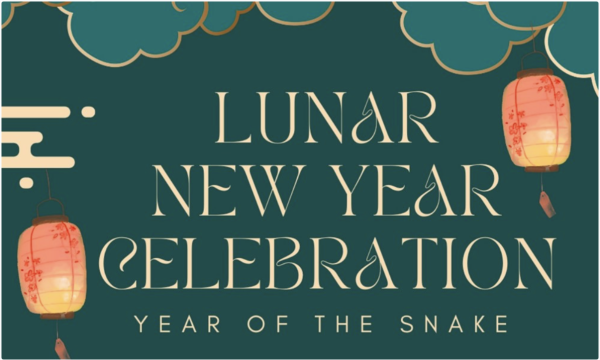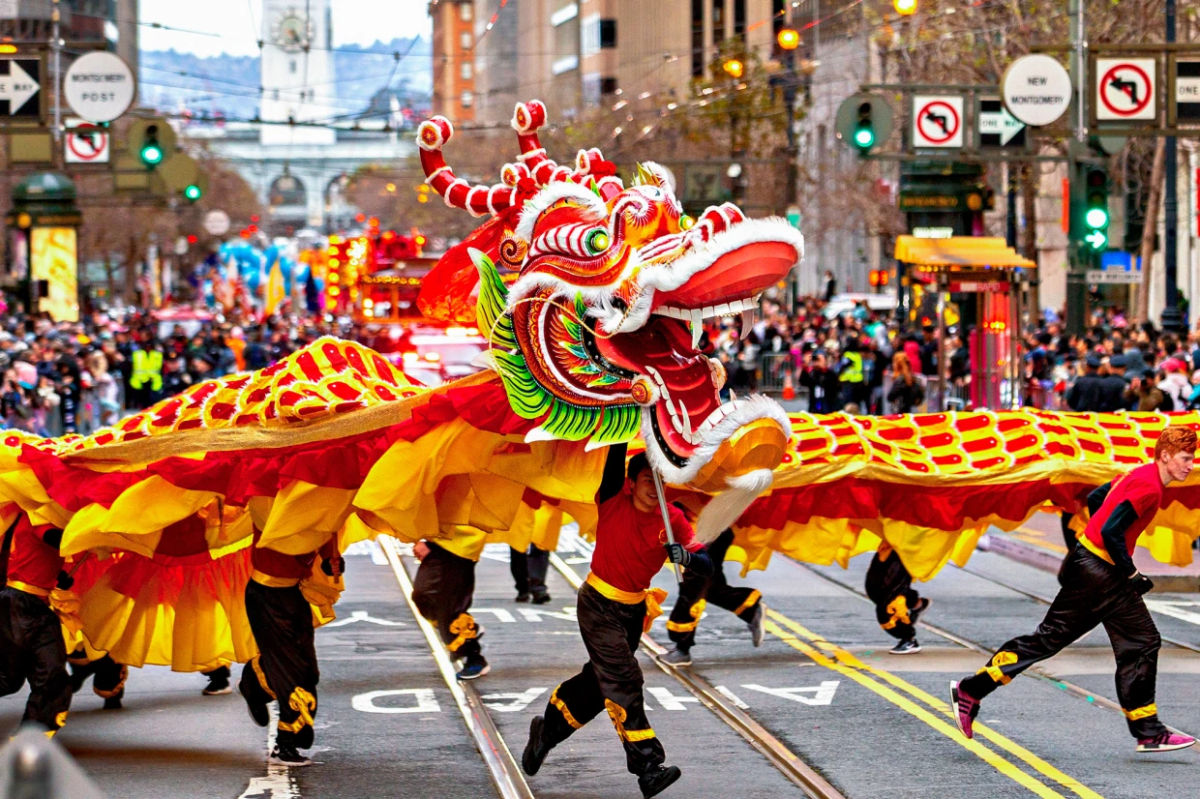January 31, 2025/Midnight
Erie, Pa.-–There are more than 1.5 billion people–about one–fifth of the world’s population celebrate Lunar New Year, according to ABC affiliate Denver 7 News. I tis most referred as Chinese New Year.
What is Lunar New Year? We have Western New Year which occurs on the first day of the year based on the Gregorian calendar (or solar calendar). Meanwhile, countries in Asia relied on the cycles and position of the Moon relative to the Earth to create their lunar calendars since ancient times.
If we take the solar calendar as the standard, Lunar New Year does not have a fixed date; it changes each year, and usually 2 months later. In 2025, it happens at the end of January.
Lunar New Year has 12 zodiac animals, each year is represented by an animal in specific order, and this cycle repeats after every 12–year. Each animal comes with different characteristic and wishes for new year. 2025 is represented by snake, which is regarded as intelligence.
Thousand of years ago, there was a huge, daunting monster living in a China suburb. People call it “Nian.” It had an unusual appearance unlike other animal, Nian had a lion–like head with a sharp tall horn right in the middle of its forehead. During the Lunar New Year Eve, Nian rambling around villages with its sharp teeth to stalk for prey. Nian ate livestock, crops, and even innocent people near villages. However, Nian also had weaknesses, it was scared of fire, loud noise, and red color.
Therefore, when Chinese prepared for celebrating the new year, people often decorated festival with red stuff around their home and burnt firecrackers all night with the hope of banishing the monster and stepping in new year peacefully.
This is one of the most famous legends in Chinese narrative. From a scary monster, people got inspiration from Nian to create a lucky animal for new year, people call it “Lion”, but it is different from our normal lion. In Chinese culture and other Asian countries, there is a performance in which performers wear “Lion” and dragon customs then mimic the behavior of both animals with the purpose of entertainment and bringing good fortune.
People have been taking those traditions up to modern days. During Lunar New Year holiday, you can easily see red and yellow is the dominant color in decorations such as spring couplets, lucky money envelops, plum blossoms, and fireworks. This is a holiday when families come together, even if children are living far away from their parents, they always try to return for a reunion and share warm family meals.
Gannon University also celebrates Lunar New Year for students. The event is hold by Global Support and Student Engagement (GSSE) on January 30 at Waldron Campus Center.

This is the second time GSSE celebrates Lunar New Year. Last year, they included this festival as a part of series “Craft Around the World”. “It was a series that explores a traditional art form or craft from various cultures around the world.” – according to Kseniya Kampova, Global Student Advisor of GSSE.

During the Lunar New Year Celebration, attendees will have many activities include exploring how people celebrate around the world, having traditional treat such as Chinese almond cookies, and the highlight part is making the traditional paper lanterns from China. Students will be able to design lanterns in their way, and turn it into decorations at their home.
Lanterns are a distinctive cultural feature of the Chinese during the New Year. People write their hopes and wishes for new year on the lanterns, and then hang them up in a high place, it symbolizes they let past misfortunes away and look forward to a peaceful year.
Khang Mai, a senior at Gannon attended Craft Around the World last year, express his thought on the event “It was a great event. There were many red papers on the desk for students to make lanterns and we could bring it back home. The event was quite short but it was an opportunity for me to make friends. I enjoyed it a lot.”
Kampova said that this is one of her favorite events since she worked at GSSE. “It is a very special celebration for many of our global students who come from countries where the Lunar New Year is a major public holiday,” she described it. “It’s also just fun to learn about a new culture and create!”
Lunar New Year is more than a festival in Asian countries, it represents their significant culture, tradition, and beliefs. It is the most memorable time for people who live far from home. Gannon University recognizes their diverse community, and they create opportunity for international students to celebrate their meaningful festival.
Kampova continues, “Global students are often homesick so an event like this can help by fostering a sense of inclusion and community.”








